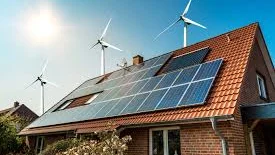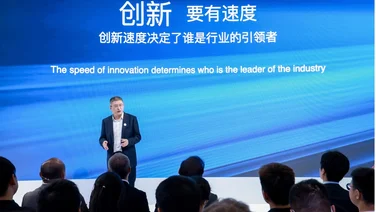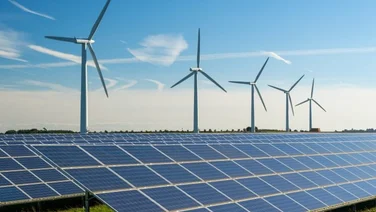- The EU building sector accounts for 40% of its energy consumption
- Transparent solar cell modules are a cheap and aesthetic solution
- The solar cell modules have an efficiency of 12.3% and transparency of 30%

CitySolar, and EU-funded research project, has teamed up with the University of Southern Denmark to produce transparent solar cells that can turn modern office budlings into energy producing hubs.
According to the university, the cells mean that buildings with large glass windows will be able to produce renewable energy without significant structural change.
The cells have already set a world record for transparent solar cell modules with an efficiency of 12.3% and a transparency of 30%.
They can function as ordinary windows while generating electricity, and they have the ability to let light pass through without compromising transparency.
The project, which has received €3.8 million in funding, currently stands at the Technology Readiness Level (TRL) 5-6, which means it is between the proof-of-concept and prototype stages.
Key researcher Professor Morten Madsen, from the University of Southern Denmark, described transparent solar cells as “the next big step” in building-integrated energy solutions.

The CitySolar project, coordinated by the Italian National Research Council, includes nine partners from seven countries, including Saudi Arabia and Canada as non-EU beneficiaries. There are four academic partners, two research institutions and three industrial partners involved.
Its goal is to develop highly transparent and highly efficient photovoltaics by combining the emerging PV technologies of perovskite and organic Photovoltaics.
The perovskite layer absorbs near-ultraviolet light and the organic layer absorbs near-infrared light. The visible light spectrum is relatively untouched.
Madsen explained that the tandem solar cell mainly harvests energy from the infrared and ultraviolet parts of the sun’s rays, but not from visible light.
“This allows us to set new efficiency standards for semi-transparent solar windows,” he said
As well as being a scientific breakthrough, transparent solar cells also solve the problem of aesthetics. The modules function as a standard window that can replace existing glass surfaces, as opposed to a large rooftop system that has more requirements.
Also, the energy can be produced on site rather than being transported from solar farms, reducing emission loss during transportation and meaning that the discovery doesn’t have to wait for grid upgrades before it can be installed.
However, transparent solar cells have presented several challenges, the main one being the balance of efficiency and transparency. Transparent solar windows have struggled with absorbing enough energy, while on the other hand, solar windows with higher efficiency have lacked transparency.
CitySolar’s breakthrough has solved this issue in a breakthrough that has the potential to transform the building sector, which accounts for approximately 40% of the EU’s energy consumption.
Madsen claimed that this represents a “massive market opportunity” as it helps to create “energy-producing buildings”.
Perovskite, a mineral with the ability to be synthesized from a wide variety of materials, is incredibly cheap and highly efficient in converting sunlight into electricity.
Organic solar cells, such as those seen on traditional solar panels, are made of carbon-based materials and are also cost-effective. According to Madsen, the technology is “highly affordable”.
“We are in discussions with industry partners about the next steps; we can scale up what we have, but we need business partners,” he stated.
“And there are still research improvements to be made—but importantly, we know where the challenges lie and have a clear strategy for overcoming them.”







